Simple Guide To Film Cameras ( SLR/P&S) + Sample Shots
Shooting film has largely been abandoned but is not completely dead. The industry has seen a steady rise in numbers for the last few years. There is an overall bigger interest in photography in general with a new generation of people who grew up entirely in the digital era and are now, for the first time discovering analog alternatives. It’s a good way to learn, get better at your craft, have fun and waste a lot of money if you don’t know what you’re doing. I made a detailed guide for those thinking of entering the realm of analog photography.
I’m going to break it down in to a few sections, showcasing various cameras along with sample shots. I will not be going in to great detail about each camera, there are tons of reviews and info online already. This is more to show you what’s available, what I’ve used and why I recommended it. All the photos in this post have been taken by me (Stan Troitsky)

SLR CAMERAS
When I think of 35mm, I think of old 70’s-80’s era SLR cameras that often come in silver and black. Classics like The Nikon F series, Canon A series, Olympus OM and many others are the revolutionary predecessor of the modern day DSLRs and mirrorless cameras. The price you pay with those older bodies is reliability because often times, they come with a pack of problems like broken light meters, damaged light seals, delayed shutter etc.. Sometimes it’s worth refurbishing but most of the time you can simply get a “new” one for about 50$ on Kijiji or Craigslist any day of the week. Essentially they are all relatively similar and come with pretty solid primes. Here are a few cameras I used that I would highly recommend:

The Minolta X-700 is a great tool for someone coming from a DSLR background or no photographic background at all. With the right MD lenses, you get full auto exposure so all you have to do is simply focus and shoot away. Shutter speed goes up to 1/1000 and the body has AE lock, self timer, DOF preview and a little window from which you see the aperture on the lens barrel when you look through the beautiful bright viewfinder. They are quite reliable, relatively light and compact with decent ergonomics. Everything is thoughtfully placed for an optimal shooting experience. The MD lenses are really good, cheap and the cameras can take a beating. These kits go from anywhere between 25$ to 200$. If you find one in mint condition that comes with some primes for under 150$ it’s a good investment. Here are some sample shots from my trip to Austin a couple of years ago..


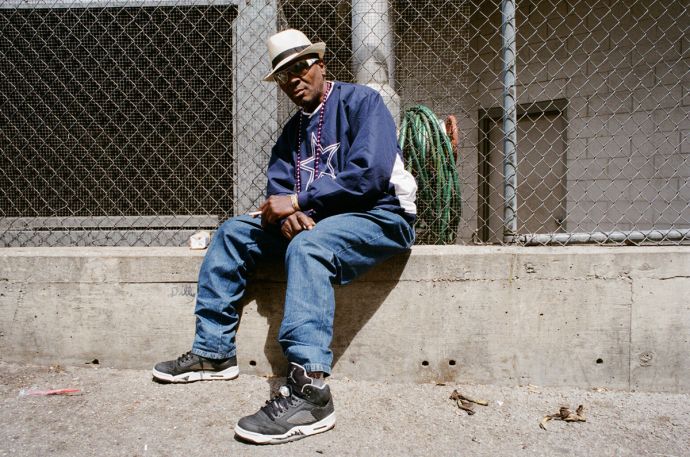


Anything from Contax is pure butter. Over the years, I’ve developed an affinity for the brand. They made handsome bodies (often designed by Porsche) that pair up with legendary Carl Zeiss T * lenses, which people still use till’ this day on digital bodies via adapters. Zeiss glass is known of make the subject pop and the colour rendition is very vibrant and beautiful IMO. Don’t take my word for it, look at the photos…


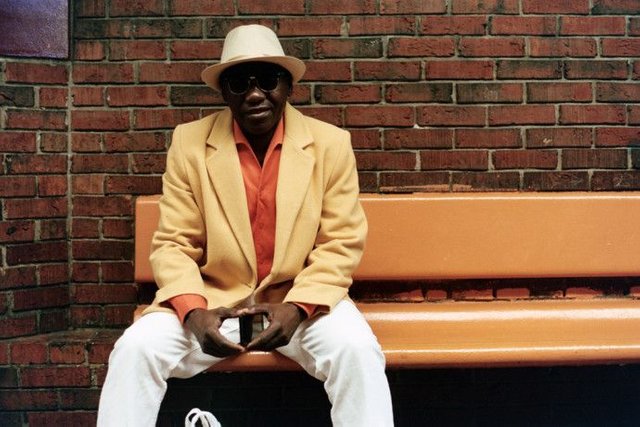

They have many solid bodies that suite different styles of shooting. For general use and street, I would recommend rocking a 139 Quartz with the 45mm f2.8 pancake or the Aria if you want more automation and a faster shutter speed. For serious stuff, the RXII is the most solid body I ever had the pleasure of working with. They can go anywhere from $80 for a Contax 139 Quartz to $700+ for a S2B. The glass still holds weight on the internet market but the cool thing about the CY mount is that it takes Yashica lenses, some of which closely match Zeiss quality for a smaller price-tag.

PREMIUM COMPACTS
Contax
I’m still waiting for the digital equivalent of a Contax T2 but we are not quite there, YET. Essentially you’re getting full-frame cameras that fit in your jean pocket. For this reason a lot of 90’s point and shoot premium compacts still hold a lot of value.
Many would consider the Contax T3 as the king of premium compacts. I’ve never owned one because I can’t justify spending a 1k for film compact that might die at any point without the possibility of repair. Luckily there’s the Contax T2 for half the price (roughly $500) and 90% of the same features. Many also prefer the ergonomics and overall experience on the T2 over the T3. It’s regarded as one of the best compact cameras ever made. The T * Zeiss optics are are comparable to SLR glass. For street, travel and every day casual shooting, it does not get better than these bad boys… Here are some samples from a Contax T2.

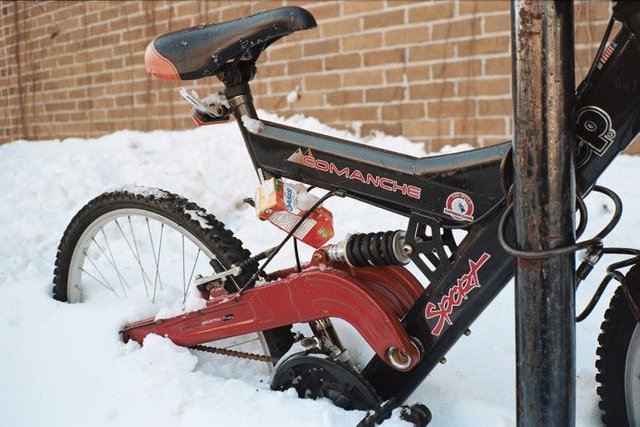


Fujifilm
Fujifilm offers many premium compact point and shoot cameras at various prices: Klasse, Klasse W (wide), Klasse S, Natura, Natura S (widest aperture on a compact at f/1.9), Natura Classica and a few others. They are not the most common, specially here in the West but you can catch them on Ebay on the regular. Rollei had a re-branded original Klasse they named AFM35 and I able to snatch one for $220 on Ebay. Ever since, it has become my go-to film camera for most things. The Fujifilm Klasse S and Klasse W (wide 28mm version) were manufactured in Japan until very recently. This means that they are more likely to last longer without failures compared to the Contax T line which has not been around since the 90’s and are known for being temperamental (specifically the T3). You don’t get a shutter speed read out in the view finder but that’s about the only thing this amazing camera lacks. The AF system is really reliable and accurate. The lens is phenomenal and opens wide at F2.6. Here are some samples…




Fujifilm
Fujifilm offers many premium compact point and shoot cameras at various prices: Klasse, Klasse W (wide), Klasse S, Natura, Natura S (widest aperture on a compact at f/1.9), Natura Classica and a few others. They are not the most common, specially here in the West but you can catch them on Ebay on the regular. Rollei had a re-branded original Klasse they named AFM35 and I able to snatch one for $220 on Ebay. Ever sunce, it has become my go-to film camera for most things. The Fujifilm Klasse S and Klasse W (wide 28mm version) were manufactured in Japan until very recently. This means that they are more likely to last longer without failures compared to the Contax T line which has not been around since the 90’s and are known for being temperamental (specifically the T3). You don’t get a shutter speed read out in the view finder but that’s about the only thing this amazing camera lacks. The AF system is really reliable and accurate. The lens is phenomenal and opens wide at F2.6. Here are some sample..




Ricoh made other amazing p&s camera which are a lot less known like the R line. I got my hands on a R10 aka the Ricoh ELLE (yes, designed by ELLE magazine) and I was blown away by the results I got from my test roll…

Hand held, no flash and the film was ISO 400 or lower…

This is wide open at F3.5, sharp as hell and the colours are very accurate. These are fresh off the scanner, no edits. Lots of power in a tiny, well designed device. If you come across this for a good price it’s well worth buying
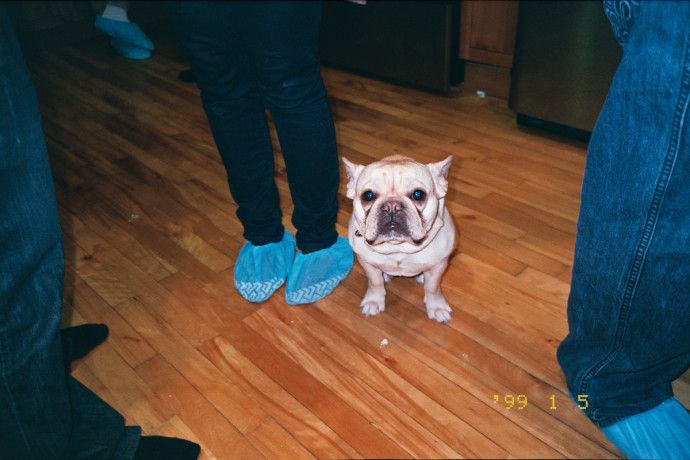
Other notable luxury compact cameras are the Contax TVS, TVS II, TVS III, Minolta TC1, Leica Minilux and Nikon 35/28 TI.
P&S under $100
There is a lot of hype behind certain cameras, not to say that they are not that good, more like you can get the same type result for cheaper but the experience will be different. For example, the Espio line from Pentax had a wide variety of compact zooms, some better than others but overall, they are really good quality cameras and you can get them for hella cheap. The Espio Mini was like the Pentax version of the Olympus Stylus Epic, boasting a sharp 32mm F/3.5 lens in a compact clam-shell body. I rocked the Espio IQZ 80 that was passed down to me from my brother Saer. People often say that zoom cameras lenses are not as sharp as fixed focal lengths but this Espio 80 was sharper than the revered Olympus Stylus Epic when comparing the same shots side by side. It also caught focus better than most compacts I owned. Pentax is heavily slept-on. Here are some shots..


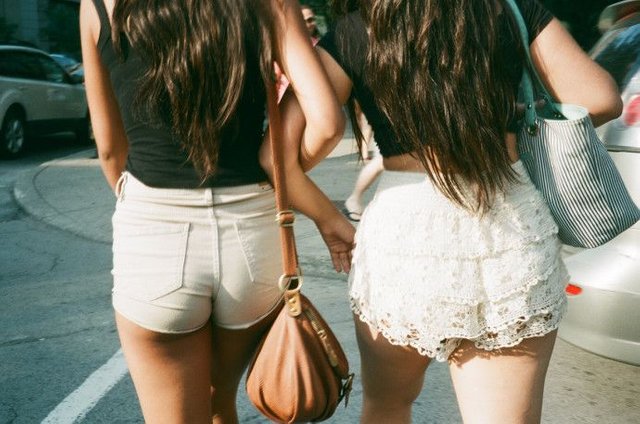

Everyone knows about Olympus Stylus Epic aka mju II. Safe to say it has become the unofficial writer’s camera. Simple, sharp and weatherproof. Most importantly it’s the camera you are more likely to have on you because it’s tiny and fits in your jean pockets. So it’s normal that this is the camera that takes your best shots because it’s always there. Just point, shoot and more often than not, it will give you a decent photo. Here are some samples…


Other really cool film p&s cameras to look-out for are: Fujifilm DL Super Mini aka Tiara and Tiara mini II, Fuji Silvi, Canon Sureshot Supreme, Canon Prima Mini, Konica Big Mini, Big Mini F, EU Mini, Nikon Lite Touch, Yashica T4 Super, T4 Zoom, T5 and many many others. Some of them are quite expensive online but when you know what to look for, you can always find them for way cheaper. It’s kind of like a treasure hunt.
Rangefinders
Many believe that rangefinders are the perfect tool for street photography because of the way that they are designed. The fact that some of the most iconic photos of the 20th century have been shot with rangefinders, is somewhat a testament to that claim. They also look super cool which gets you extra points with girls who spend too much time on Tumblr. I don’t have a great deal of experience with them but I’ve played with a few models like Minolta Hi-Matic E, Canon Canonet QL17 and Yashica Electro 35 GSN. Really cool cameras with great lenses but I didn’t like the split-image focusing system so I gave them up….

There is one camera which is considered a “rangefinder” that I fuck with heavily and it’s the Contax G2. It might be void of a flipping mirror but that’s about the only thing it has in common with the classic rangefinders like Leicas. In my opinion, this is one of the sexiest camera bodies ever produced. You just want to have it in your hands for no reasons simply because it feels good. The build quality is outstanding and if you put the fancy looks aside, the camera is a little beast. I must attest to the claims of the 45mm Zeiss T * Planar being the second-sharpest 35 mm camera lens ever tested (by the Swedish test site Photodo). Maybe that mattered back in the analog days but now if you’re looking for ultimate sharpness, shooting 35mm might not be the best thing to begin with. It’s all about character and how a lens renders rather than how sharp it is because frankly, most SLR and rangefinder lenses are plenty sharp. The punchy Zeiss look is not for everyone but for those who love it like myself, get plenty of that Zeiss pop with the Contax G lenses. Here are some samples...




The lenses are still relatively pricey but the G1 body can be found for $100 and a decent G2 for about $500. The downside of these cameras is that they are fully electronic and eventually, they crash and it’s near impossible to get them serviced. You can always get a new body which is not the end of the world. This camera is like an exotic high-performance sports car that needs to be handled with extra care, something most people are not really good at. If you’re on a budget and you want a decent pocket-sized rangefinder that you can fully abuse, I would avoid buying a G2. Perhaps these little monsters would be much better suited: Contax T, Olmpus xa, xa2, Vivitar 35EM, Minox 35GL, Cosina Cx2, Rollei B35, S35 and RicoH FF-1.
For me, the camera bodies are just a small part of the magical experience. The lenses, the film stock as well as the process of developing and printing/scanning, something you can't get out of digital mediums. When it's hands on and it takes time, there is something really special about that. With this being said, my analog shooting has died down dramatically over the last year. I lost my beloved Rollei AFM35 and ever since, I never really got back to it.
These days I'm back on the digital wave. Just picked up a Fujifilm X100s with a Flash Air card for hella cheap. It's not film but its good enough for me. I did my time and one day, I will come back once again.
This is my first post on Steemit. Let me know if you enjoy these type of informative posts or what time of content people on Steemit want? I have a lot of photography related content I would love to share with the community.
Cheers!
Upvoted on behalf of @thehumanbot and it's allies. Write less but write great original content, and do not use bid bots for at least 1-2 days, for your post to be recommended to other curators. If you are using any image or video, cite proper source. Even if its your own image or video, it's worth mention the same.
Great Original Works are rewarded by top Curators, refer posts from my Step-Brother @humanbot for more details.If you like this initiative, you can follow me in SteemAuto and upvote the posts, that I upvote.
And remember to do some charity when you are rich by contributing to me. Check out my Introduction Post for more details. If you have any concerns or feedback with my way of operation, raise it with @sanmi , my operator who is freaking in Steemit chat or discord most of the time.